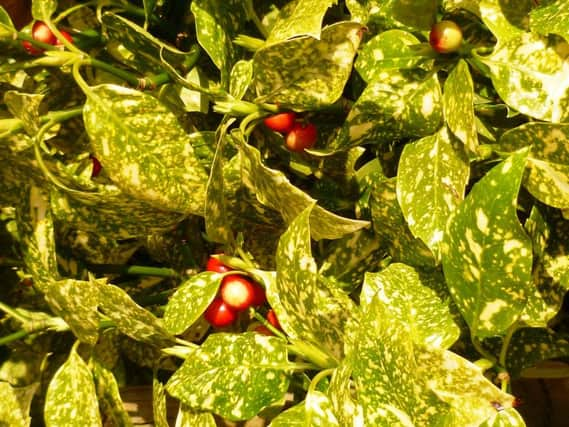Prune away before your shrubs are plum tuckered


Take, for example, the question of when and how to prune those reliable, evergreen shrubs which have retained the skeletal shape of the garden throughout winter while those tulips were still warm and cosy underground.
They have done their job and they deserve decent treatment. And as with all pruning, there are ways to do it and times to do it. Basically, in milder areas you can prune most evergreen shrubs just before growth starts in mid-spring. In frost traps, it’s probably better to err on the side of caution and leave the secateurs in the shed until the start of May.
Advertisement
Hide AdAdvertisement
Hide AdEvergreens that are still flowering or are about to flower in mid-spring can be left until the blooms have withered.
When pruning any evergreen shrub (except old, overgrown shrubs, which will need a more aggressive regime) aim to remove about one-third of older wood.Prune out any diseased, damaged or dead shoots and then thin out crowded shoots and any badly-positioned ones that spoil the shrub’s appearance.
After pruning, apply a general-purpose fertiliser and finish off by applying a mulch of well-rotted manure or old compost.
For those overgrown or neglected shrubs that don’t mind hard-pruning, mid-spring is the best time to do the deed. Spotted laurel (Aucuba), box (Buxus), camellias, Choisya, Euonymus, hollies, Pieris, laurels (Prunus laurocerasus and P lusitanica), Viburnum tinus and yew can all take savage pruning and they should throw out new growth.
Advertisement
Hide AdAdvertisement
Hide AdThe less tolerant evergreens are best renovated over several years, removing one-third of growth to ground level, and reducing all other shoots by one-third in the first year. Over the next couple of years, each year remove half of the older shoots to ground level.
Remember to feed, water and mulch before you clean the secateurs and pop them back into the shed.